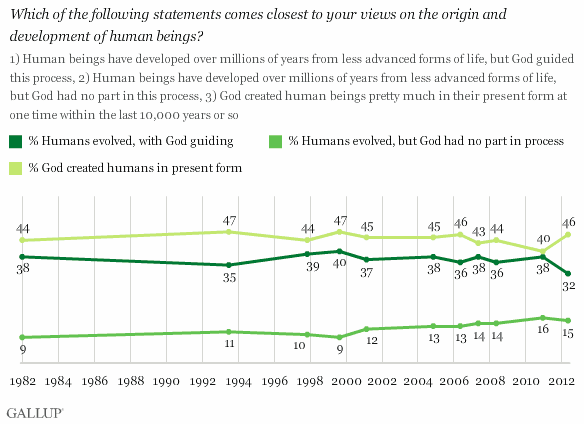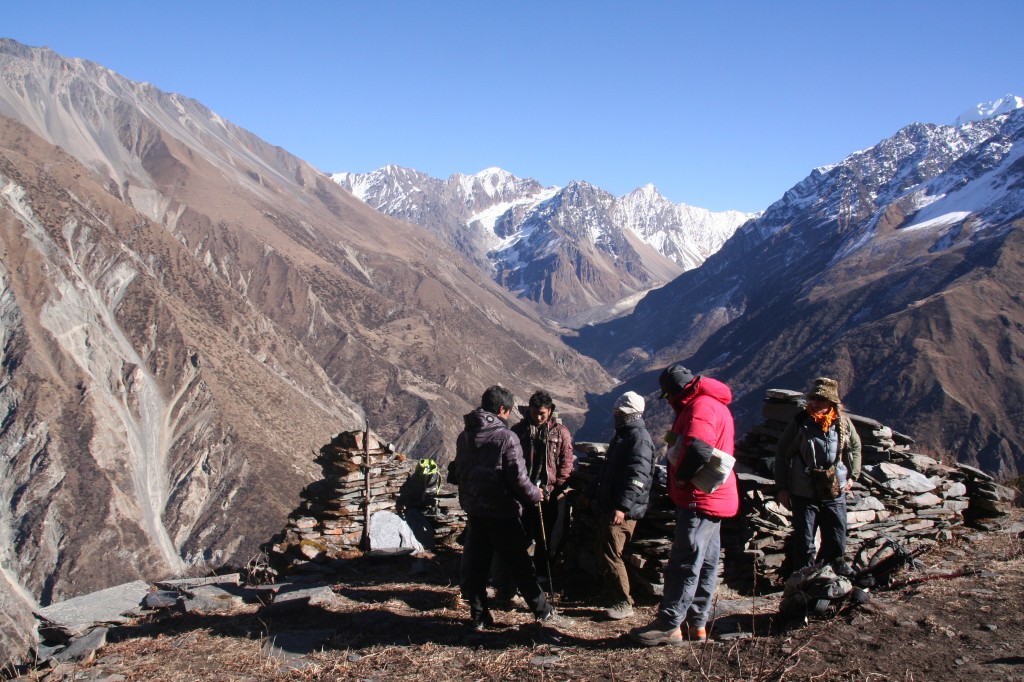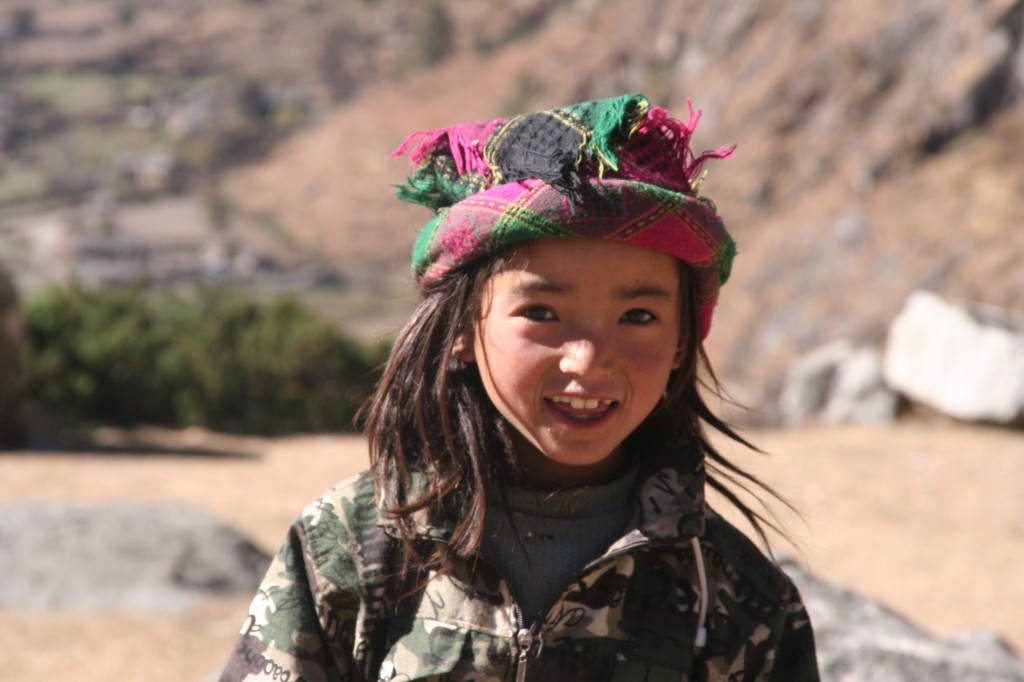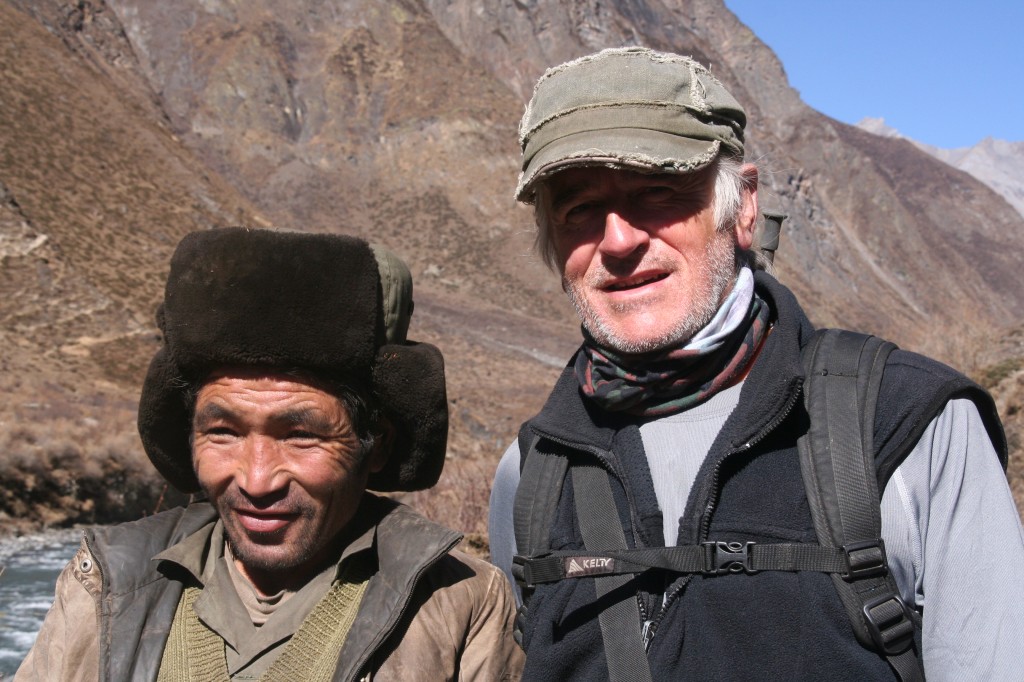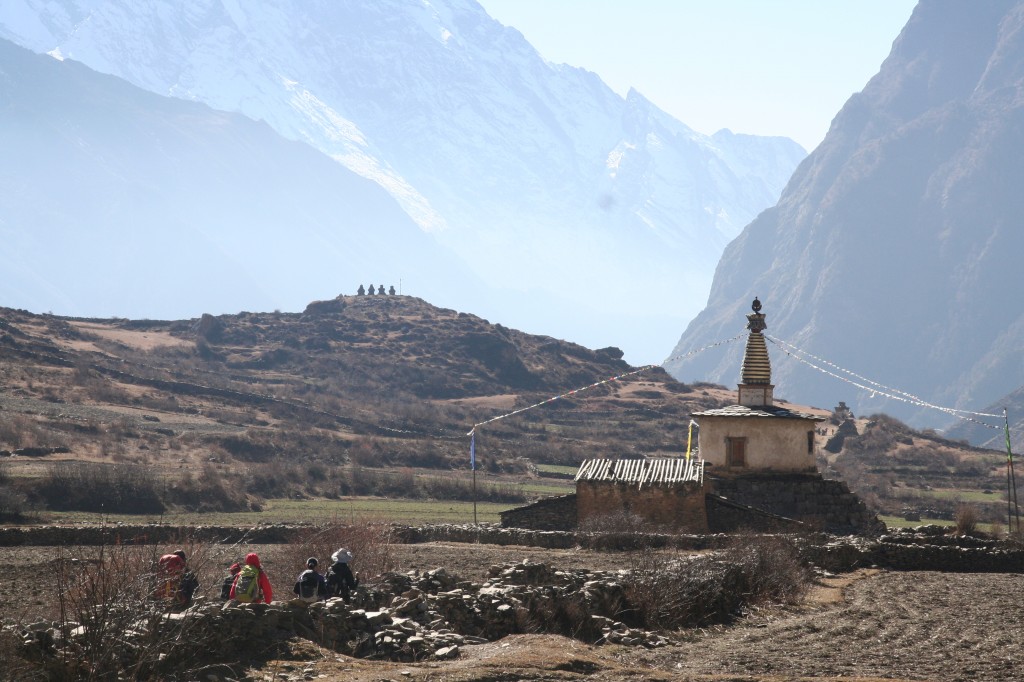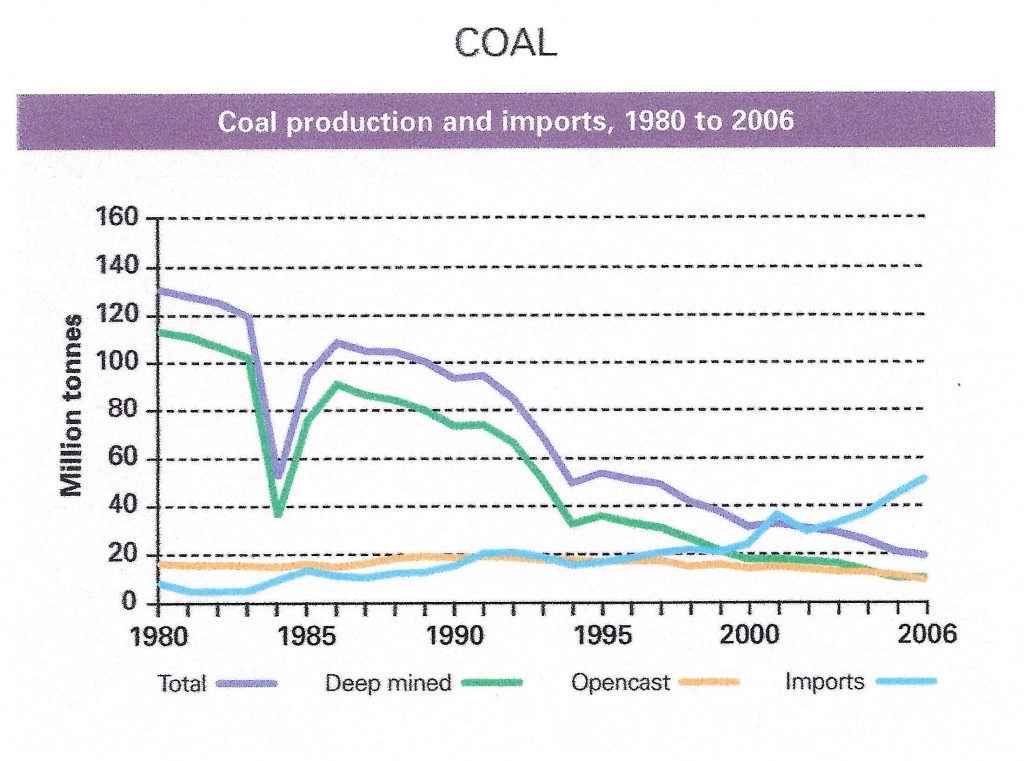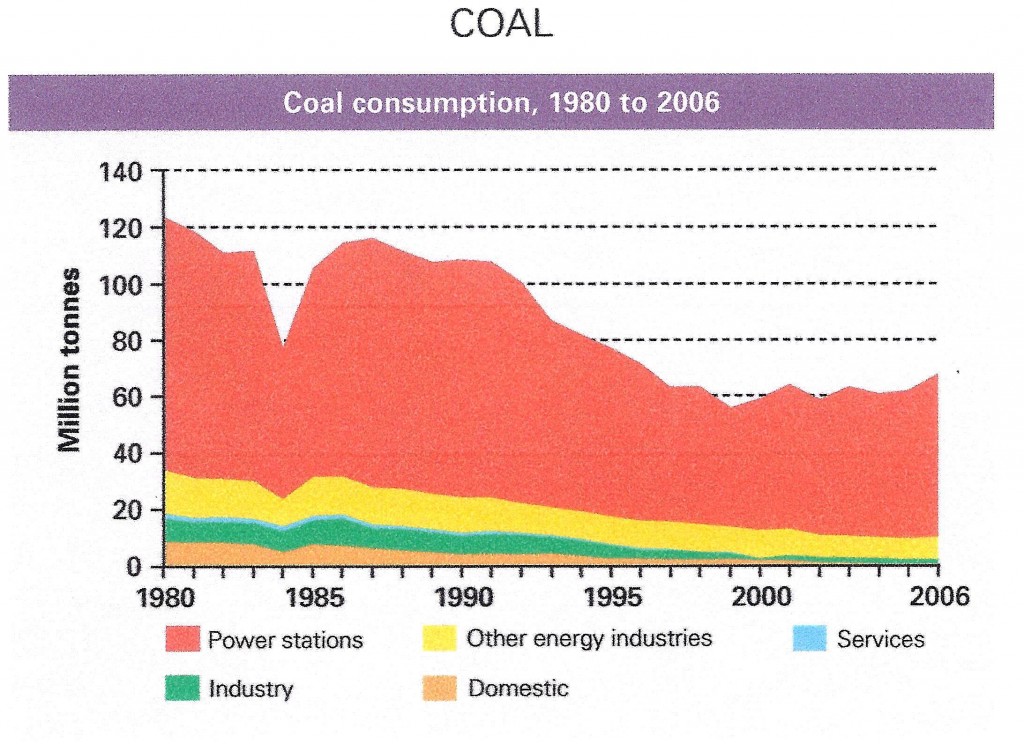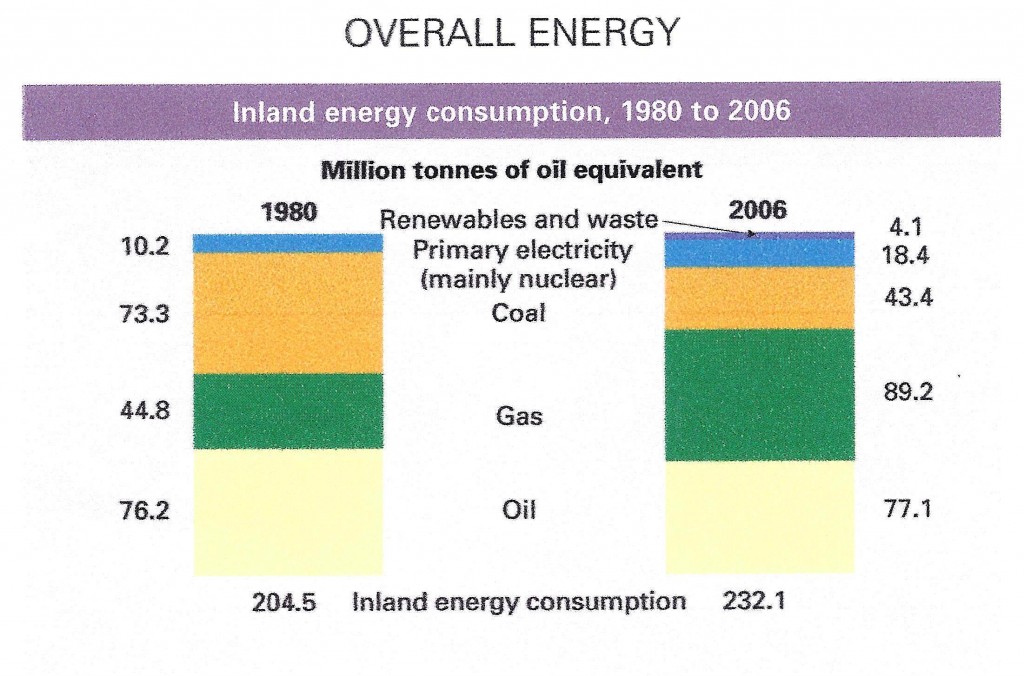The Dashain festival starts today (October 2011) so Hindus are planting barley. Others will begin the ritual practices later. What everyone looks forward to is the feasting. Huge numbers of animals will be sacrificed. It’s projected that only 15-20% of the goats will be of Nepali origin this year. The remaining 80%+ will come from India. Ideally, one should sacrifice a buffalo but most people cannot afford that. A goat is next best but a chicken is OK. Chicken trucks have been coming to Kathmandu for many days and chicken men walk the streets with birds casually suspended from where their wings are attached to their backs. Most chickens look alert and oddly calm.
The latest version I’ve read of why buffaloes should be sacrificed is: Once upon a time all the Gods and Goddesses were bothered by demons. None had enough power to defeat them. At last the deities began to dance. They danced with such vigor that great clouds of dust arose. Goddess Kali manifested from a lock of Lord Shiva’s hair (Shiva is the member of the Hindu trinity responsible for destruction and creation, Kali handles just destruction). Kali was immediately covered with dust energized by the deities’ dancing that gave her enough power to kill the demons’ vehicles, which were buffaloes. The unseated demons fell to the ground where they were easier to kill. We kill buffaloes on this day to commemorate Kali’s triumph.
I learned more during the next big festival, Tihar (later in October 2011). This is when girls offer tikka to their brothers. Tikka means prayers, gifts and a colored powder emblem applied to their forehead. I was puzzled because the girls of the family I was with offered it to more males than those I think of as their brothers. I’m still not entirely clear about it but I am clearer about who can marry who.
The first-born adult sister in this family is A. Next are B, C and D. A, C and D are married, B is not. C could (after divorce or death) marry A’s husband but not D’s. She must treat him as her brother and would offer him tikka. A’s husband could marry B, C or D. C’s husband could marry D but not A or B.
As well as rules about brother marriage there are rules about cousin marriage that are not the same for all Nepali tribes. Many members of this family’s tribe have the family name Y or Z. The adult sisters’ father’s family name was Y so they could not marry a man with that family name. They also could not marry a man whose family name is Z because Y and Z are “the same”. They could marry anyone with the same last name as their mother unless it was barred by the first set of rules. The existence or not of a blood relationship makes no difference for marriage but they would not offer tikka to an unrelated Y or Z “brother”.
There are only five family names in the village of about 800 people where these sisters were born, two of which are “the same”. So, if the population was equally distributed across family names, 40% of the males would be their “brothers” and off-limit for marriage. Is this because most marriages were between people in the same village so all Ys and Zs would have been blood relatives of these Y sisters? But why not also prohibit those with the mother’s family name? The Y sisters’ mother was an X so 60% of the males (X, Y and Z) would have been off-limits for them. Maybe too restrictive? But if you only prohibit “too-close” marriage to one parent’s family, it should be the mother’s because you cannot be certain about the father in a pre-DNA-typing society. I need to ask more questions…
The old rules are breaking down but you still must not sit close to and certainly not touch anyone of the opposite sex who the rules would allow you to marry. You can’t be very free either with those you could not marry but it would be OK, for example, for B to sleep in one room of a house and husband-of-C to sleep in another room even if they were the only ones in the house. It would not be OK, however, for husband-of-A to sleep in another room of the same house as B unless his wife, several children or B’s mom was also there. “Everyone” would assume that if B and husband-of-A were alone at night in the same house they would have sex but if B and husband-of-C were in that situation “nobody” would suspect them of incestuous relations.
This is a very repressed society by our standards. A small girl can put her arms round her father’s waist on a motorbike but not when she is older. Only a wife can put her arms round her husband’s waist in that situation, or another man. Society pretended homosexual love could not exist but assumed that sex between any man and woman except if it would be incestuous is inevitable any time there is an opportunity. The norms are changing, though. When I first started coming here in 2003 you never saw a boy and girl holding hands. but now it’s commonplace.
One more thing about marriage in Nepal: Fathers pay for sons’ weddings. That’s because son’s marriage brings a woman who will care for you when you are old. It’s best to marry off daughters so you don’t have to support them (unless you have no son). That’s why very young girls get arranged marriages. If a son finds a prospective bride, he brings her for his parents’ approval. Depending on her age, they will evaluate if she has a “good heart”, but mainly they want to know if her family is raising her to be a “good girl”, a good housekeeper and a dependable source of home care in the future. It’s worth paying whatever you can for that security. The expensive wedding honors the girl’s family for raising a girl who is worthy of such extravagance.

